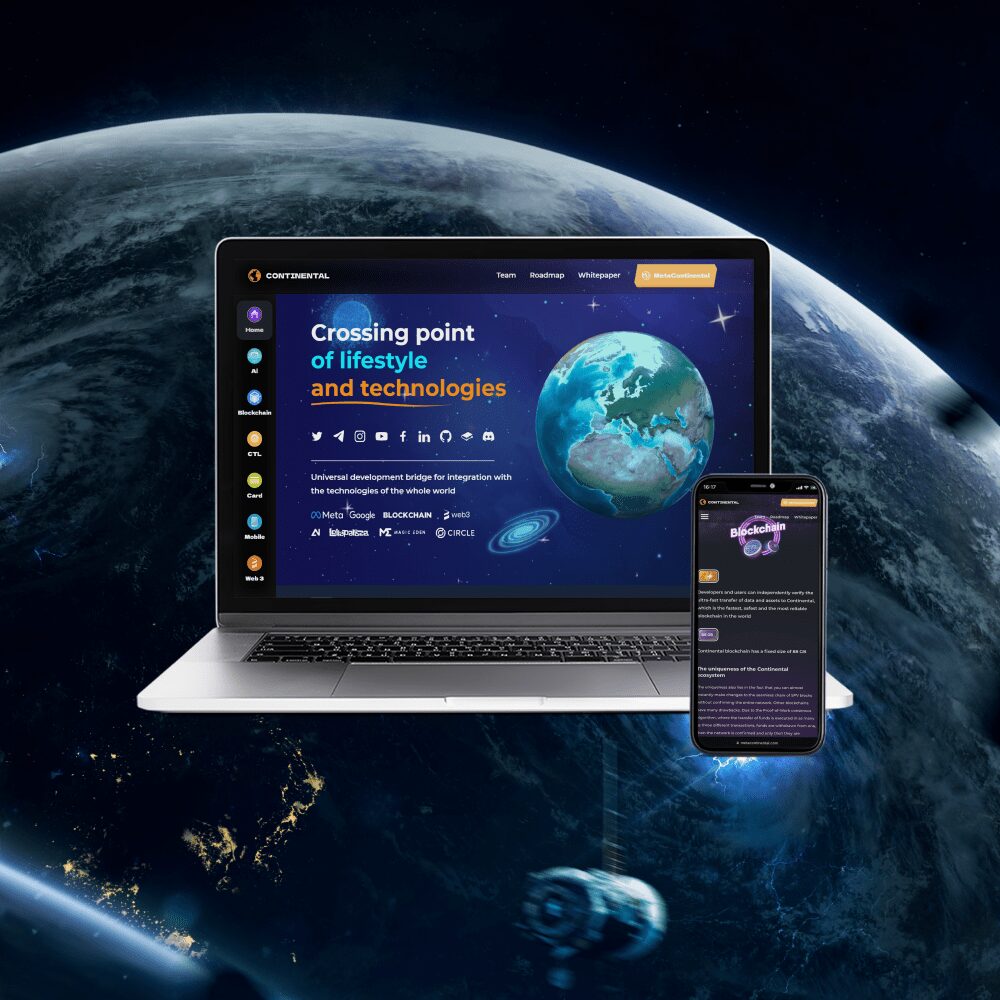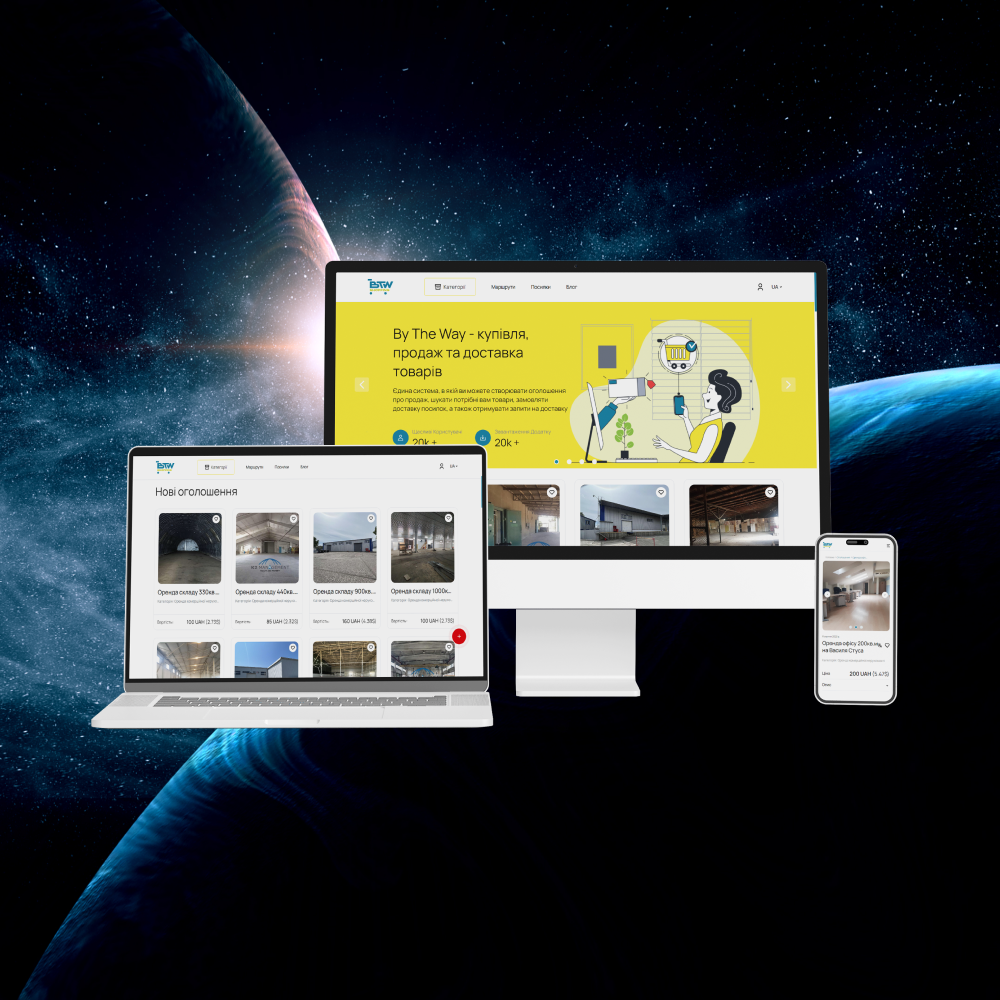SOFTWARE FOR EMBEDDED DEVICES
Software Development for Embedded Devices
Embedded devicesSoftware Development for Embedded Devices Embedded devices
Cars, routers, numerically controlled machines, access control systems – microprocessors are installed in these and many other devices, ensuring the performance of a variety of automatic functions. Such microprocessors are allocated to a whole class of embedded devices (embedded devices in English). And they need specialized software (software). The embedded device and special software for it form an embedded system. Digital transformation affects many familiar things, endowing them with the prefix “smart” and increasing their capabilities. We are surrounded by “smart” cars, vendor cars, fitness simulators.
Various mobile gadgets make life more comfortable – these are smart watches, e-books, and fitness trackers. Not to mention an extensive group of service devices. For example, routers and modems, sensors and access control systems, and even control units in machine production (machines, conveyors), in the automotive industry or in a nuclear power plant. Another area in which embedded devices are becoming increasingly widespread is medicine. Use embedded systems and the military.

What is the difference between software for computers and embedded devices
Software FeaturesWhat is the difference between software for computers and embedded devices Software Features
Embedded devices are controlled using specially written programs for them and are an integral part of the main rapidly growing IOT, forming it together with network and information technologies. The main feature of embedded devices and special software for them is utility. That is, they are intended only to perform certain functions – while computers are designed to perform many diverse tasks. This is the fundamental difference between software for embedded devices and computer, which can be installed on a variety of computer models and easily updated or changed.
Programs written for embedded devices are most often created for a specific type and even model, designed to solve isolated problems and cannot be used for other purposes. In addition, software solutions for embedded devices are often designed taking into account the environmental conditions for which they are designed – for example, industrial sensors and alarm systems can be designed to operate in elevated temperatures.
We successfully solve all these problems at AVADA MEDIA when developing software for embedded devices used in various fields.
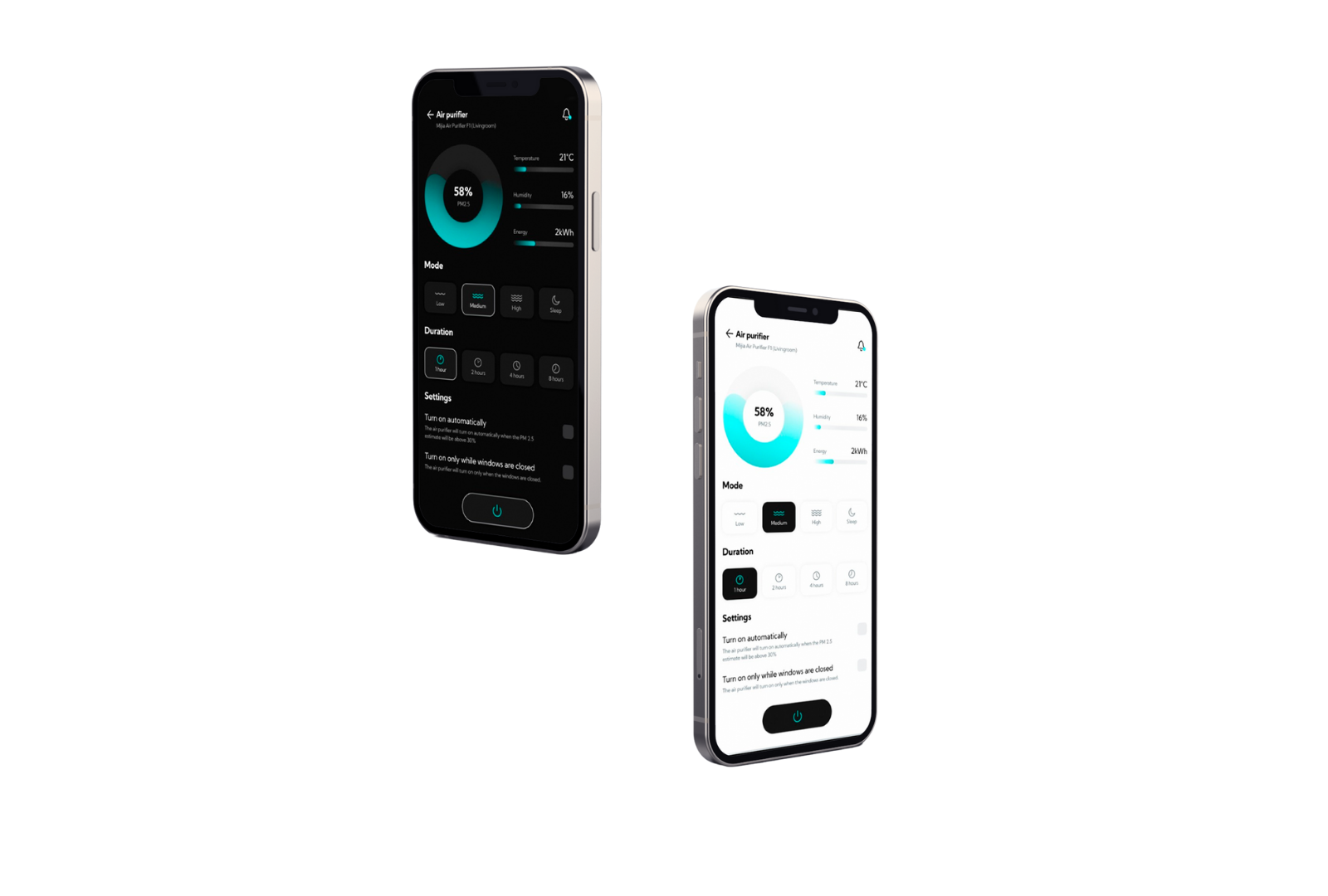
How to create software for embedded devices
Development stagesHow to create software for embedded devices Development stages
To create a program, the programmer needs the following basic components:
- an operating system for an embedded device — Linux systems are most often used, since they support the widest choice of architectures;
- programming language – most often it is ASM, C, C ++, Python;
- special tools – compilers, debuggers, integrated development environment, debugging stands and debuggers.
To develop software for embedded devices, various development tools and special development and debugging environments are used in the programming languages ASM, C or C ++.
Various compilers are also required during development. They transform code from a high-level language into a low-level machine language, which is used by embedded devices and computers. This is a language in which all characters are written in sequences of zeros and ones, so programmers use more “humanized” programming languages. Each processor and programming language has its own compiler. ASM is a low-level programming language that uses syntax as close as possible to machine codes. Therefore, unlike the high-level languages C and C ++, another compiler is needed for it.
Debuggers are needed when testing software. They track bugs and errors, while noting places in the code where these errors were found. More precisely, the debugger marks the line of code in which the error was detected, and creates a link so that the programmer can easily go to it. A good example of a debugger, or debugger, for Linux is IDA Pro.
Important in the development of software for embedded devices and linkers, or linkers. They assemble small pieces of code, or modules, into a single working program. Emulators are used to check how the program will behave “in combat conditions.” If the code is written for quite complex and expensive (and often dangerous) equipment, no one will let you test the operation of the new software immediately on the hardware. Therefore, the programmer creates a special environment that simulates the working environment in real time. Only after checking the code using the emulator can it be installed on a real device. Usually, a specialized Integrated Development Environment (IDE) is used, which already has all of the above tools.
AVADA MEDIA company offers you the development of software for embedded devices in various fields: medicine, manufacturing and transport, trade and service, science and sports. Contact us today and we will find the best solution for you!
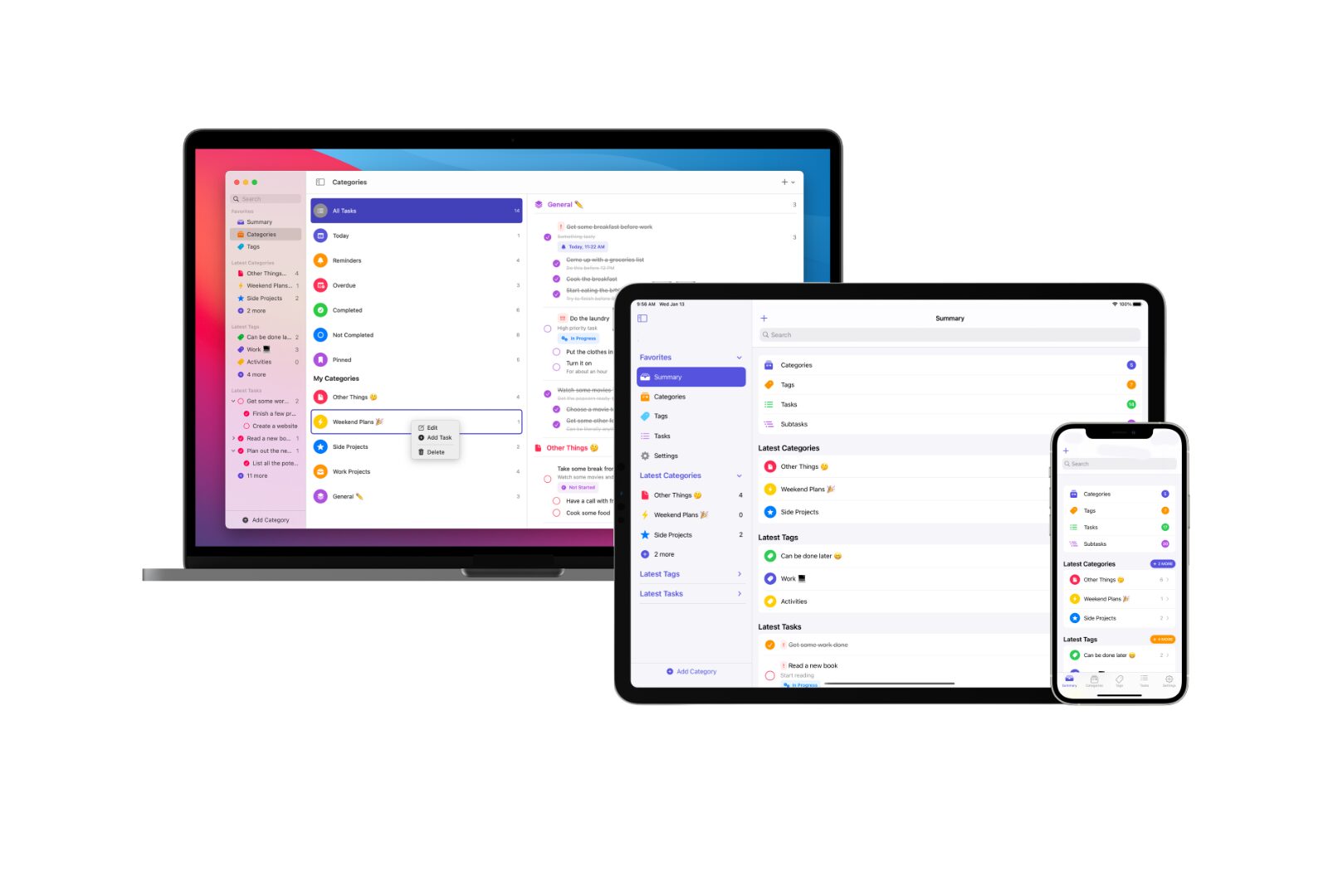
Fresh works
We create space projectsFresh works
The best confirmation of our qualifications and professionalism are the stories of the success of our clients and the differences in their business before and after working with us.
Our clients
What they say about usOur clients What they say about us
Successful projects are created only by the team
Our teamSuccessful projects
are created only by the team Our team


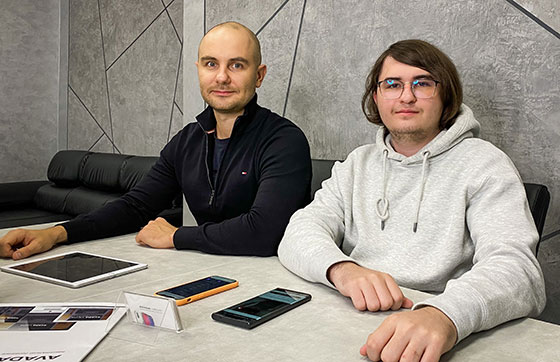
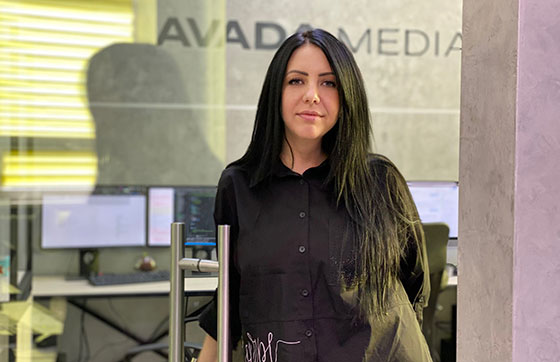
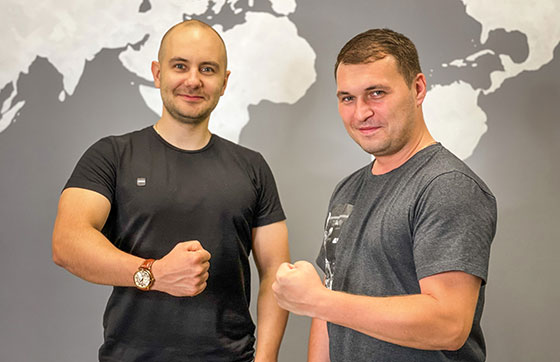





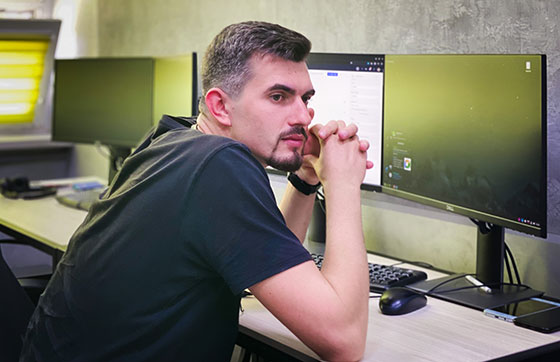

Contact the experts
Have a question?Contact the experts Have a question?
-
Phone:+ 38 (097) 036 29 32
-
E-mail:info@avada-media.com.ua



